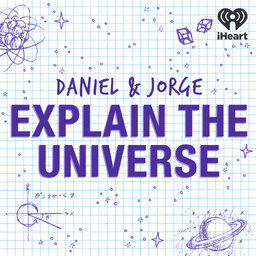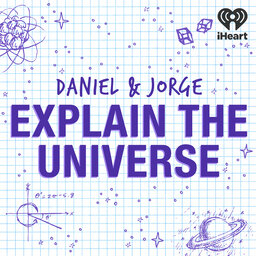Will the ITER experiment make fusion feasible?
Will humans figure out how to make fusion work on Earth, to provide plentiful clean power?
Learn more about your ad-choices at https://www.iheartpodcastnetwork.com
See omnystudio.com/listener for privacy information.
 Daniel and Jorge Explain the Universe
Daniel and Jorge Explain the Universe


